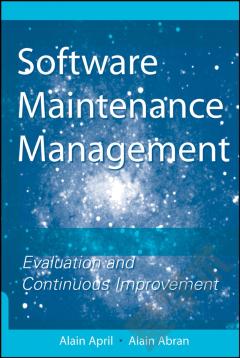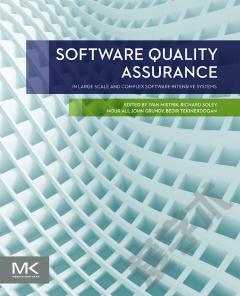Software Complexity and Software Maintenance Costs
The empirical evidence linking software complexity to software maintenance costs has been criticized as being relatively weak [kearney et al., Much of the early work is based upon experiments involving small programs [curtis, Shepperd and Milliman, 1979] or is based upon analysis of programs written by students [kafura and Reddy, Such evidence can be valuable, but several researchers have noted that caution must be used in applying these results to the actual commercial application systems which account for most software maintenance expenditures [conte, Dunsmore and Shen, 1986 p. 114] [gibson and Senn, And, the limited field research that has been done has generated either no or conflicting results; as, for example, in the case of degree of program modularity [vessey and Weber, 1983] [basili and Perricone, 1984] [card, Page and mcgarry, and in the case of program structure (see Vessey and Weber's 1984 review article). Finally, none of the previous work develops estimates of the actual cost of complexity, estimates which could be used by software maintenance managers to make best use of their resources. Research supporting the statistical significance of a factor is a necessary first step in this process, but practitioners must also have an understanding of the magnitudes of these effects if they are to be able to make informed decisions regarding their control. This study analyzes the effects of software complexity upon the costs of cobol maintenance projects within a large commercial bank. Freedman notes that 60% of all business expenditures on computing are for maintenance of cobol programs, and that there are over 50 billion lines of cobol in existence worldwide, the maintenance of which, therefore, represents an information systems activity of considerable economic importance [freedman, Using a previously developed model of software maintenance productivity [banker.
{{comment.content}}








 京公网安备 11010802027623号
京公网安备 11010802027623号